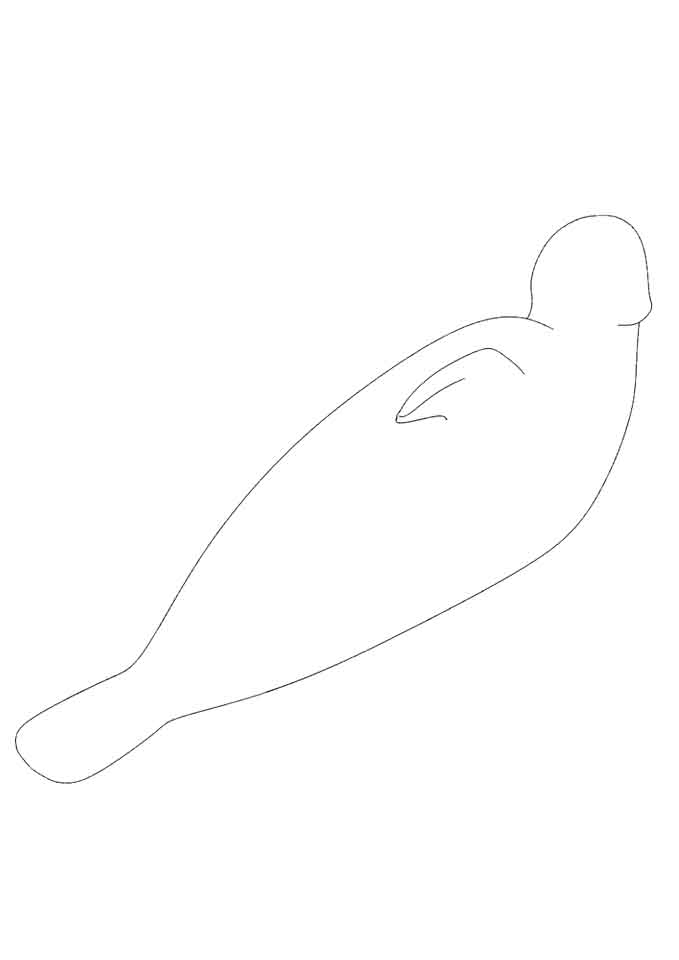



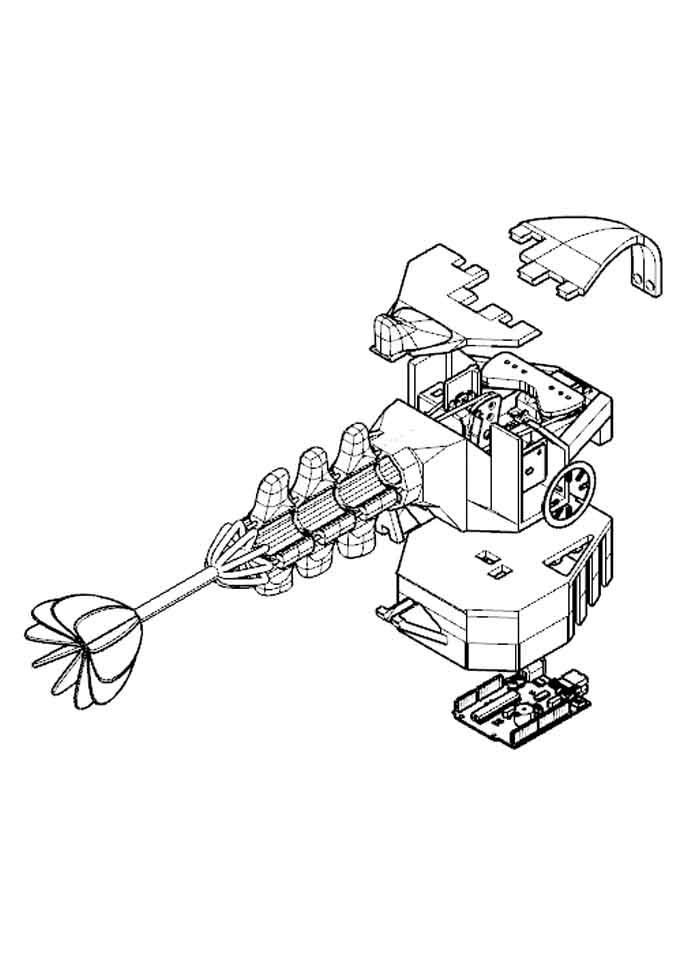
Visitor Reactions to Interactive Mechanical Fish
This interactive bionic mechanical series is a long-term co-researching project working with Rui Zeng. In the second version, we successfully gathered comprehensive feedback from the visitors. Unlike our previous interactive installations, this project offered clear insights into the entire visitor experience, from their initial impressions to post-exhibition discussions.
The journey began with a humorous image of a sea sea seal flapping its belly while lying on the beach, and we thought of making a mechanical sea seal that is able to flap its belly, a whimsical joyous mechanical creature.
Building on this, the second version was refined and developed as the final project of the course Physical Computing at Aalto University's New Media College. The mechanics was enlarged and simplified, and a vivid narrative backgroud story is added up, making it more engaging for viewers.
V1 | Flapping Sea Seal
- Date: 2023 FEB - APR
- Type: Design Project
- Role: Designer
- SoftWare: Rhinoceros, Unity 3D
- HardWare: 3D printing, servo motor, arduino, etc.
- Description: A whimcisal joyous mechanical sea seal, featuring diverse moving parts, designed to explore and verify various mechanical motion mechanisms.
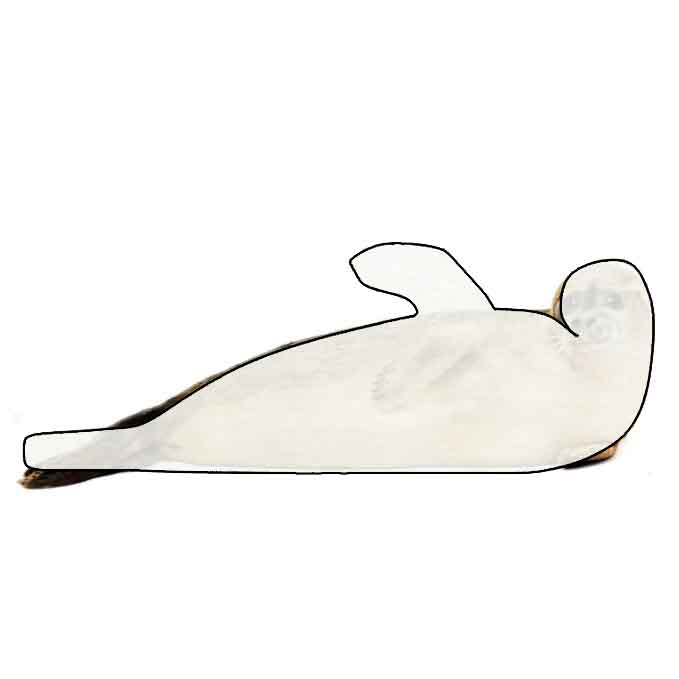
Design of a Joyous Creature
Our first endeavor in the realm of bionic design was the creation of a mechanical sea seal, characterized by its playful and intricate movement mechanisms. The design included several dynamic elements: a flapping fin positioned over the belly, a tail capable of moving in two directions, a neck with a similar motion structure to the tail, and a head that could rotate horizontally while opening and closing its mouth. This mechanical sea seal was more than just a source of whimsy; it served a dual purpose. Firstly, it aimed to delight us with its joyful movements. Secondly, it was a practical experiment in testing various types of mechanical movements. Each moving part was carefully crafted to not only mimic the natural motions of a sea seal but also to provide insights into the effectiveness and functionality of different mechanical structures.
Tail Mechanism: To mitigate axial torsion, we utilized brass universal joints, which are excellent for resisting twisting forces. However, these joints lacked vibration absorption capabilities, leading to additional wobbling in the tail's movement. It is clear that future versions require the integration of vibration absorbing structures.
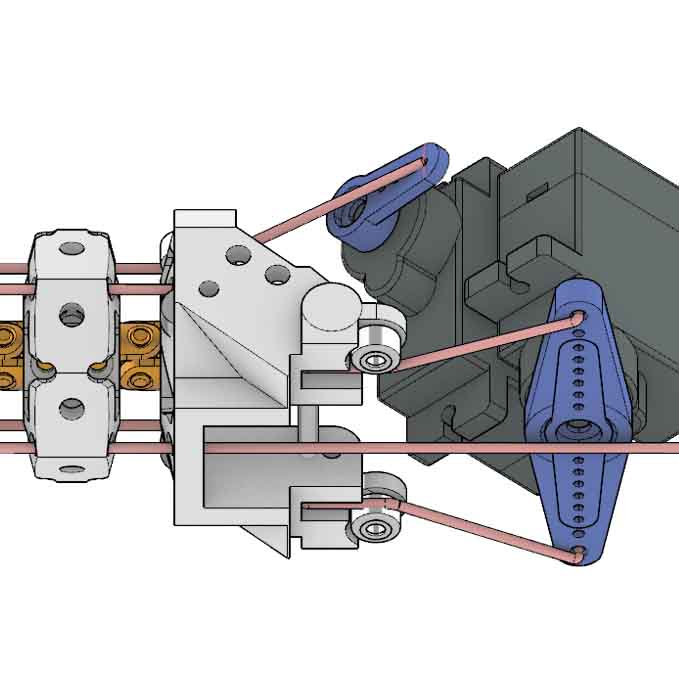
Head Mechanism: Two servo motors are utilized to simulate head motion. One is for the horizontal neck rotation, while the other one is linked to a rod mechanism, controlling the mouth's opening and closing.
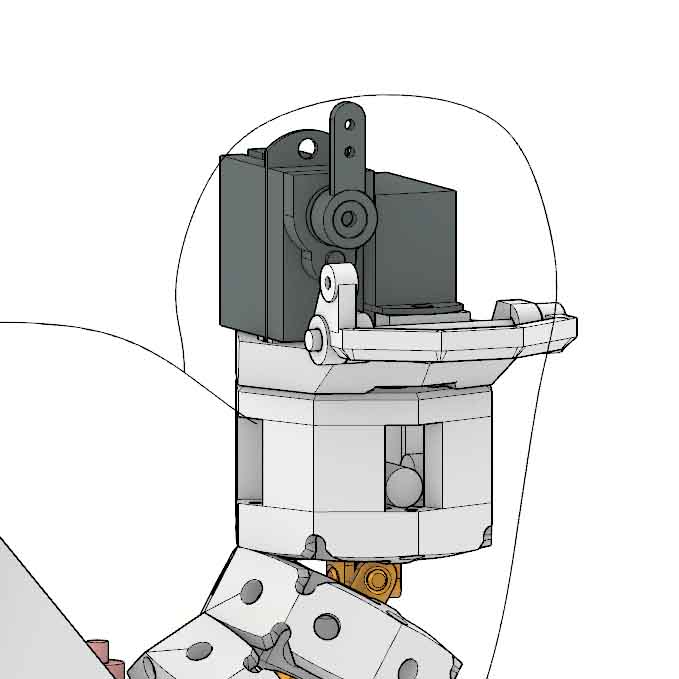
Fin Mechanism: A single servo motor coupled with a rod mechanism is employed to achieve the flapping motion. Meanwhile, to replicate the natural flexibility found in a whale's fin, we introduced a back-and-forth folding structure to achieve a degree of flexibility allowing the fin's tip to exhibit a swaying motion as it flapping.
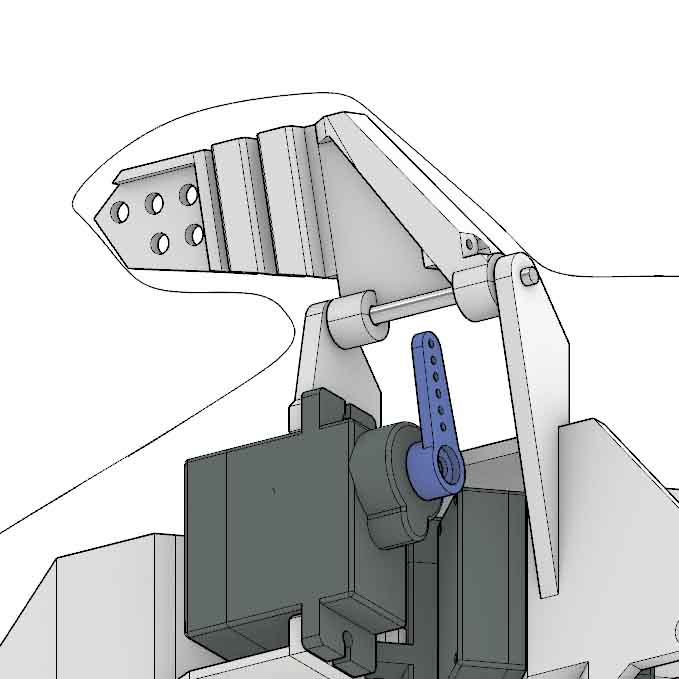
V2 | Fish at Aalto
- Date: 2023 SEP-NOV
- Type: Course Work
- Role: Codesigner
- SoftWare: Rhino, Arduino
- HardWare: Servo Moto, 3D printing, arduino, etc.
- Description: A bionic fish named 'Moni' narrates a story of social anxiety through Morse code movements, inviting introspective interaction with visitors.
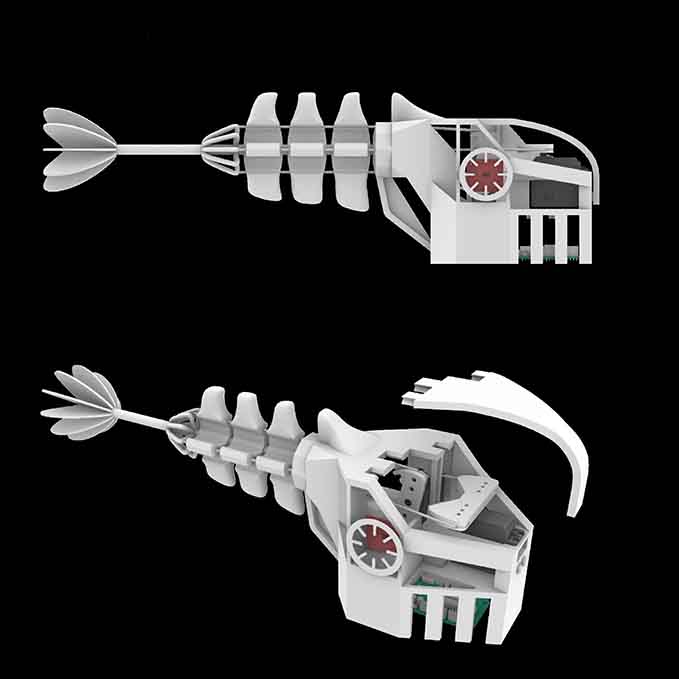
Description
This version is mainly done by Rui Zeng as the final of the 'Physical-Computing' course at Aalto University's New Media College. In this iteration, we've integrated a narrative layer into the design, introducing 'Moni', a fish that expresses the challenges of social anxiety through Morse code movements. Building upon the first version, we enhanced Moni's structural design for improved interaction. When visitors approach, Moni's tail moves in Morse code patterns - up and down for dots, left and right for dashes, with pauses in between. This interactive element encourages observers to interpret Moni’s motions, engaging them in the story.
Structural Iteration: To enhance the smoothness of the tail's movement in MONO, we adopted a circular-based disc configuration, ensuring a consistent radius during rotation. Additionally, we replaced the universal joints in the tail with PU rods, introducing a degree of flexibility to the design.
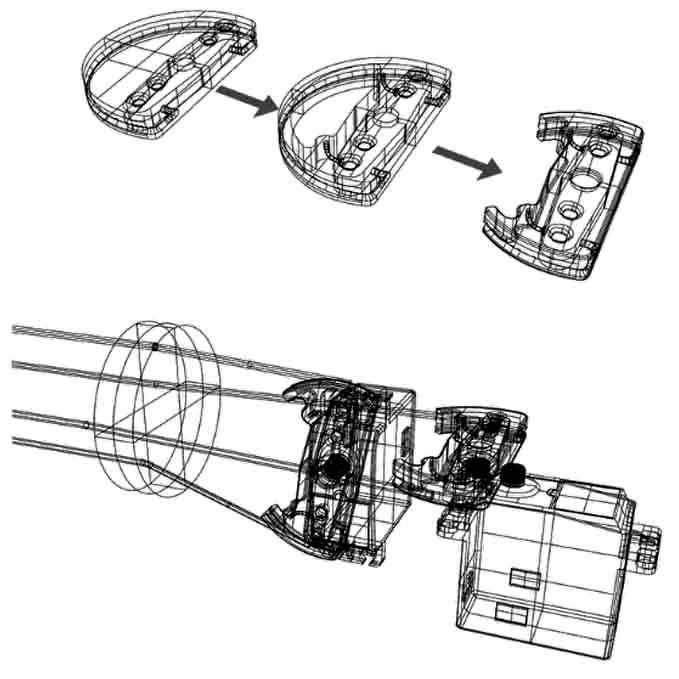
Structural Iteration: The story of 'Moni' delves into social anxiety and the quest for self-consistency, conveyed through its Morse code movements. This narrative invites visitors to decipher Moni's message, interpret its journey towards inner peace amidst societal challenges, making the installation a reflective medium on personal and social navigation.

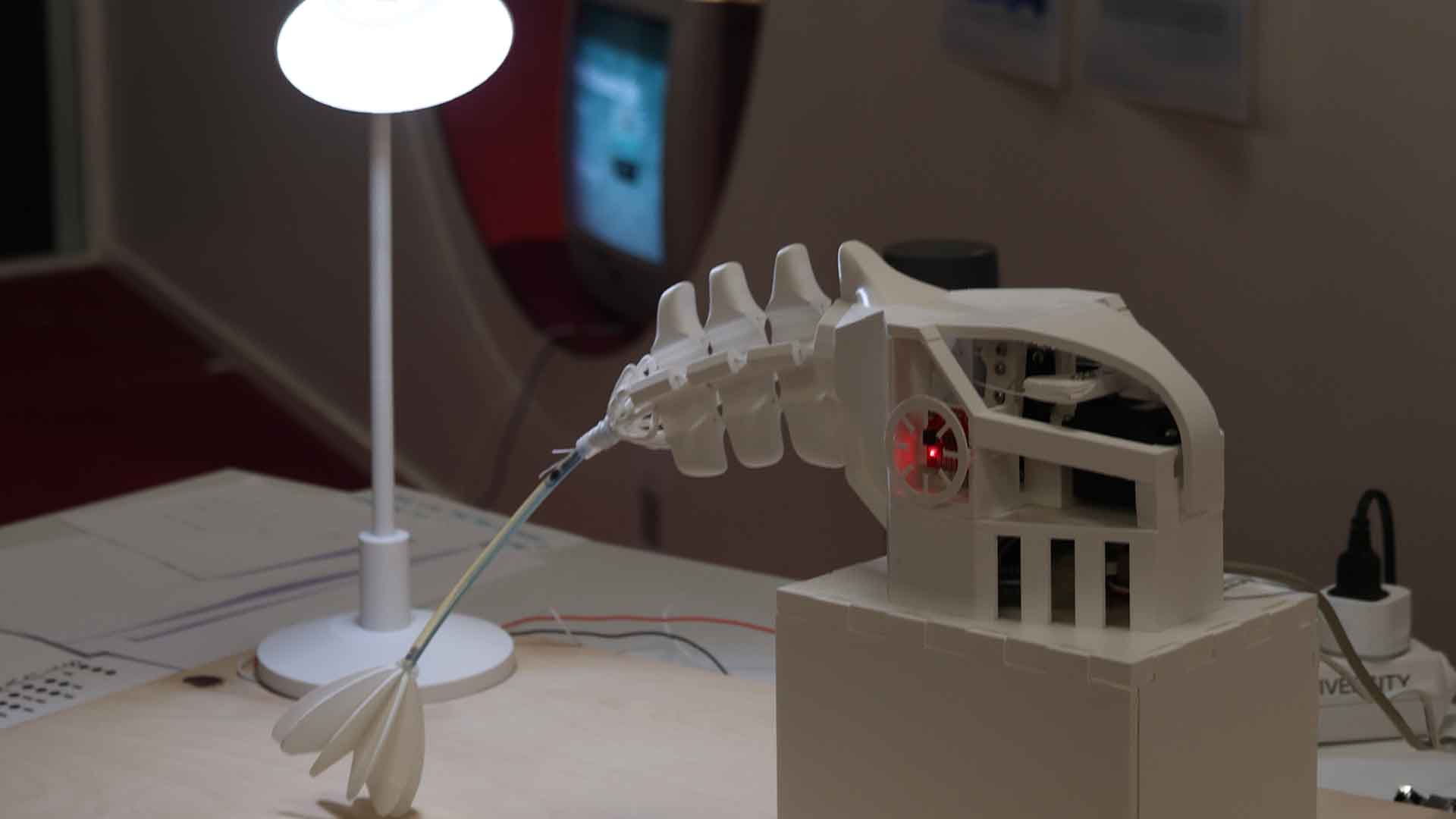
V3 | Visitors_Feedback
- Date: 2023 DEC
- Type: Survey
- Role: Researcher
- Description: Visitors' feedback on this project provides insights from three aspects: their initial impressions, their engagement with the story, and the after-exhibition impact of long-term memory.
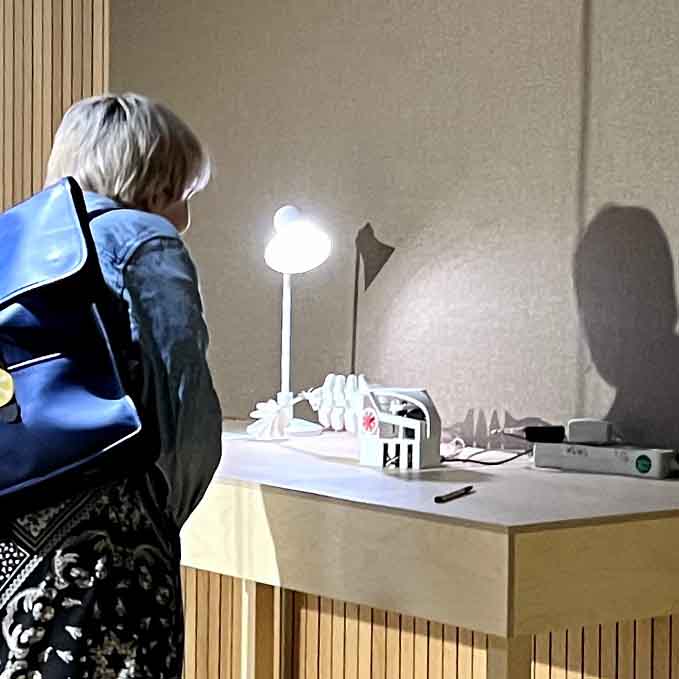
Feedback
Visitors' initial reactions to the mechanical fish were of novelty and fascination, especially attracted by its intricate structure, which is more likely perceived as a static sculpture. The movement of the fish, especially the rhythmically swaying tail, captivated many, drawing them into a contemplative state. Some visitors, upon discovering the story behind the installation, felt a deeper connection, with a few of them even reaching out to touch and closely observe the fish's movements. While we didn't specifically tend to enhance visitor participation, the storytelling aspect naturally encouraged interaction.
A couple of visitors choosed to stop and decode the Morse code, since they were sparked by the installation’s description and would like to invest time into understanding it, despite the process taking up to two minutes. Many successfully deciphered the code, although some struggled to distinguish the spaces between letters and Morse code symbols. Feedback like this has prompted plans to adjust the timing intervals in the code.
Overall, those who engaged in the decoding process enjoyed it, finding Morse code an interesting method of expression. Questions arose about why Morse code was used, and suggestions included adding different materials or colors to the fish to better align with the fairy tale theme. The installation left a memorable impression on visitors, with some students mentioning MONI fish in later conversations, indicating its longterm after-exhibition impact.
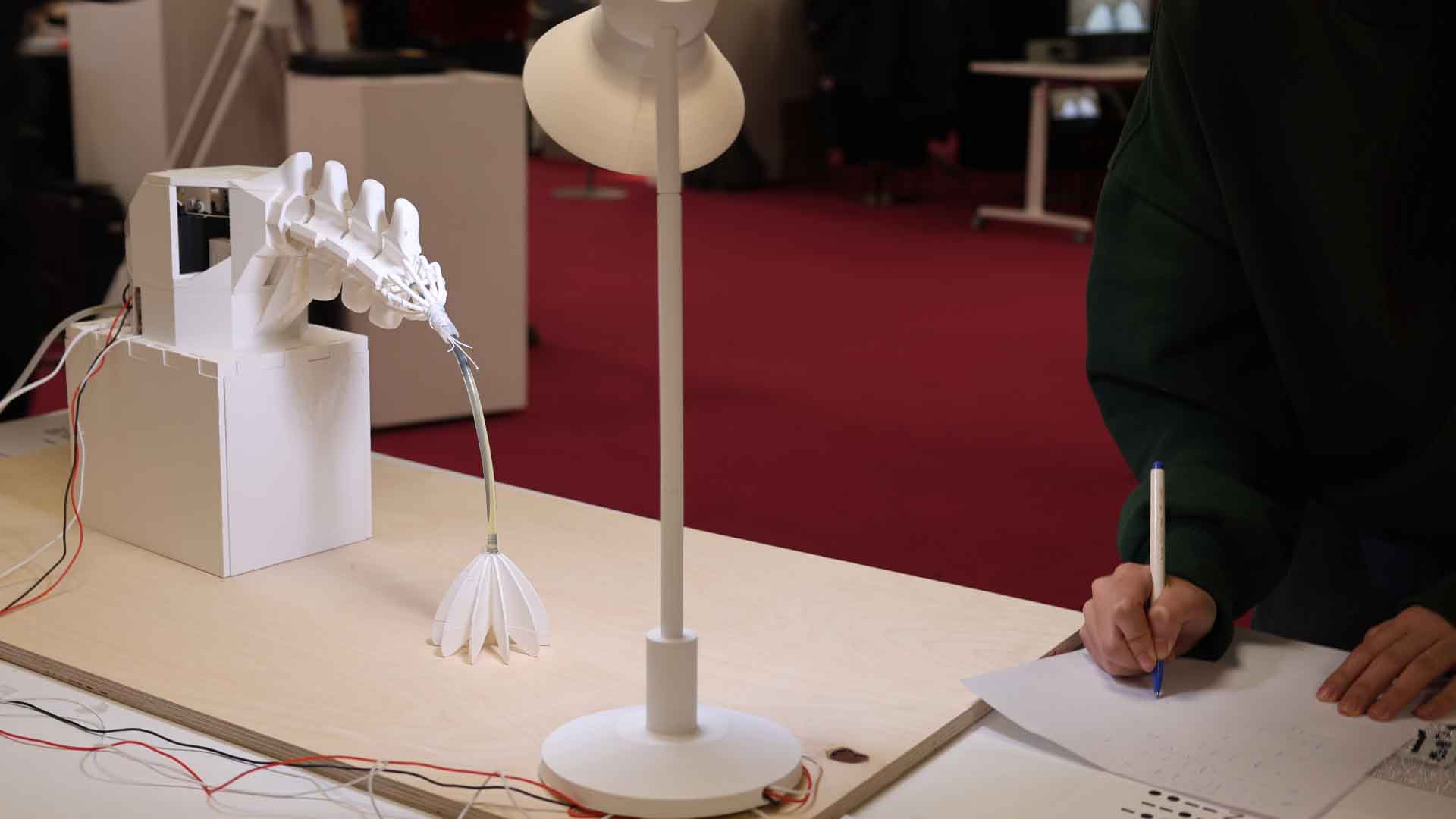
Future Directions
Future research in this interactive bionic installation series will focus on more sensory inputs including AI based computer vision for more responsive designs. We aim to integrate storytelling more effectevely to increase user engagement, and experiment with diverse materials to deepen the whole experience of our installtions. Meanwhile, a larger scale community survey is necessary.